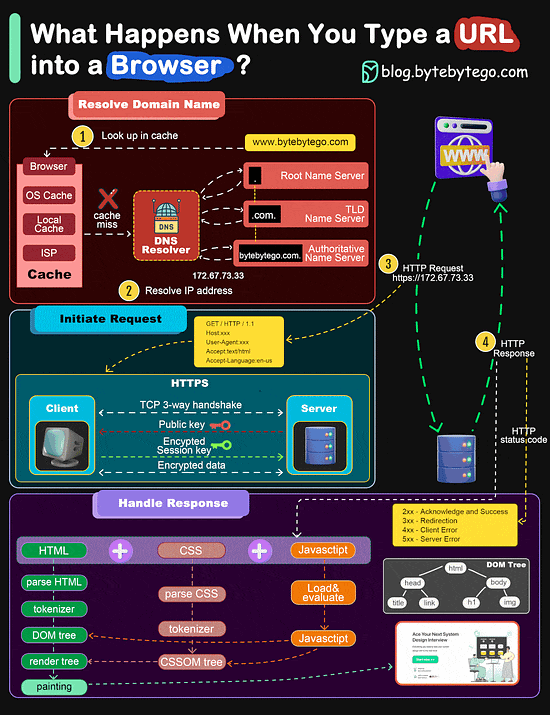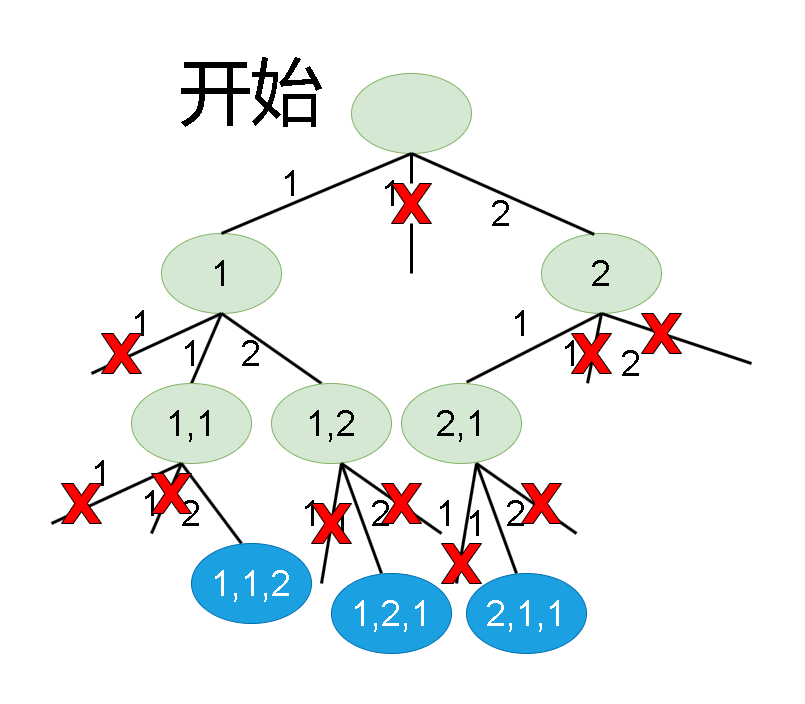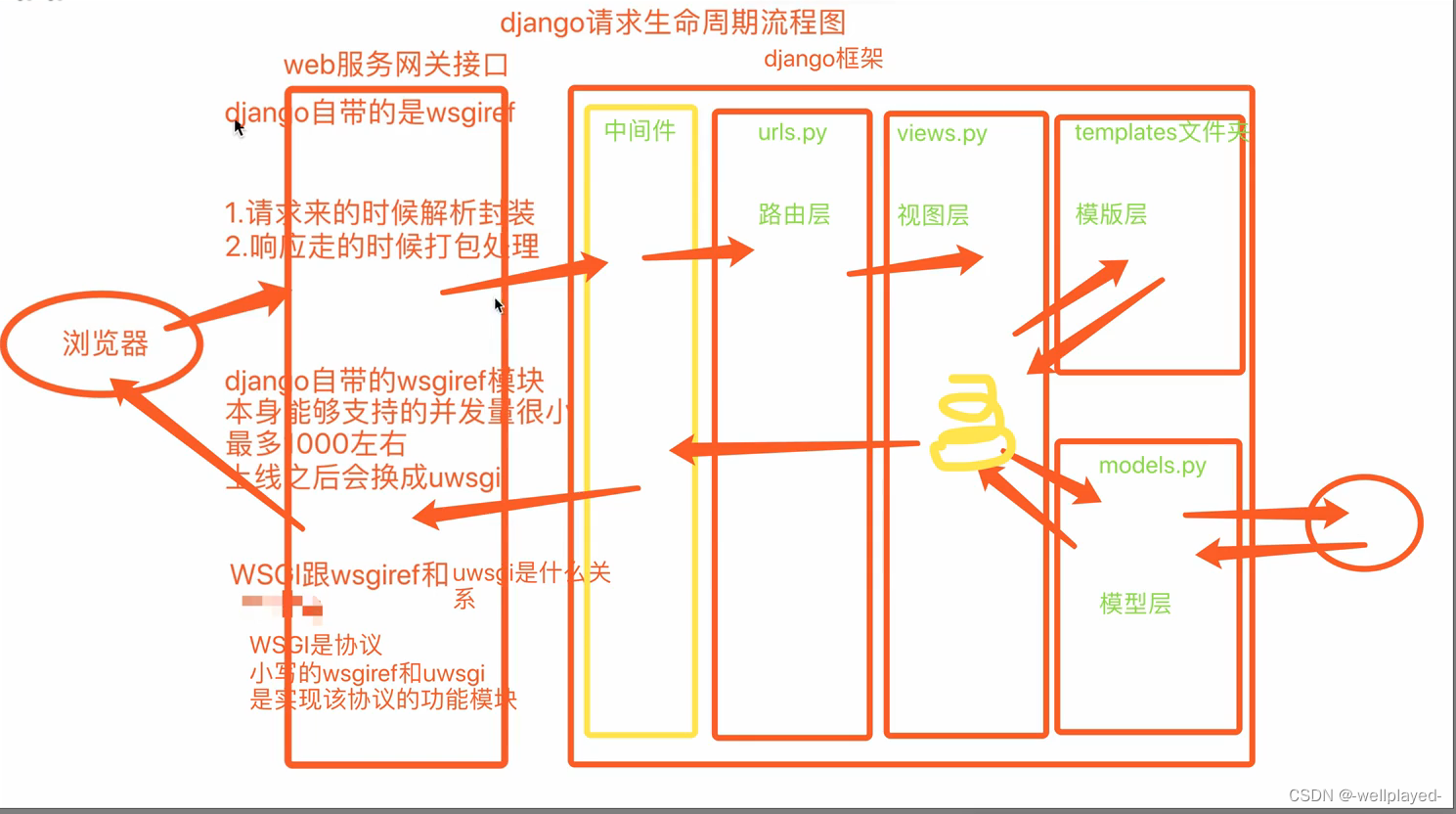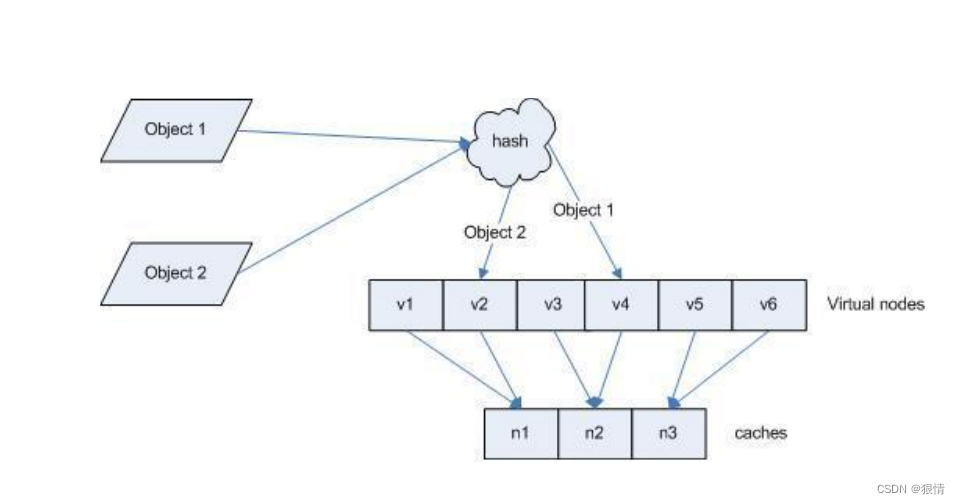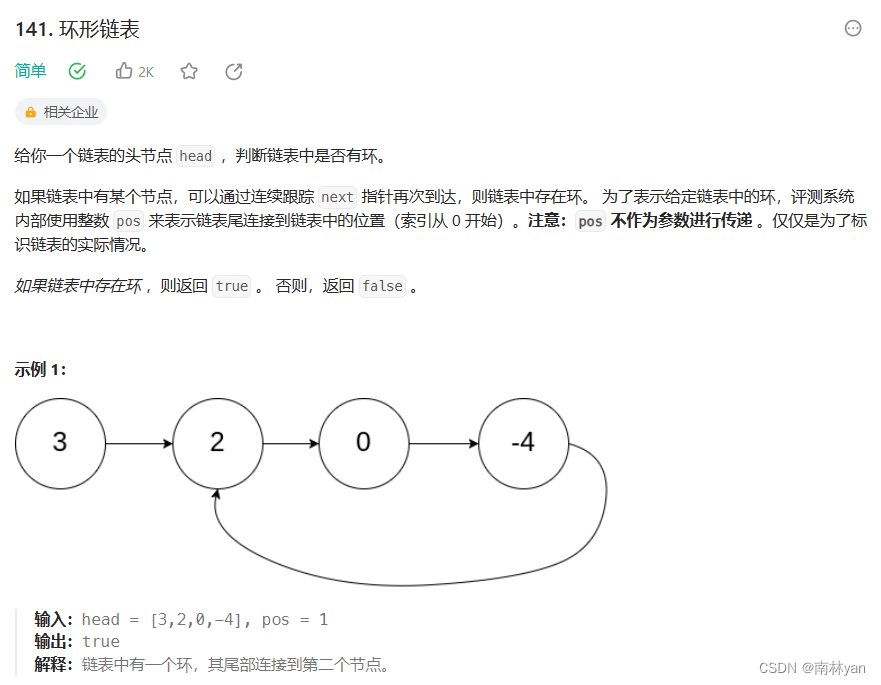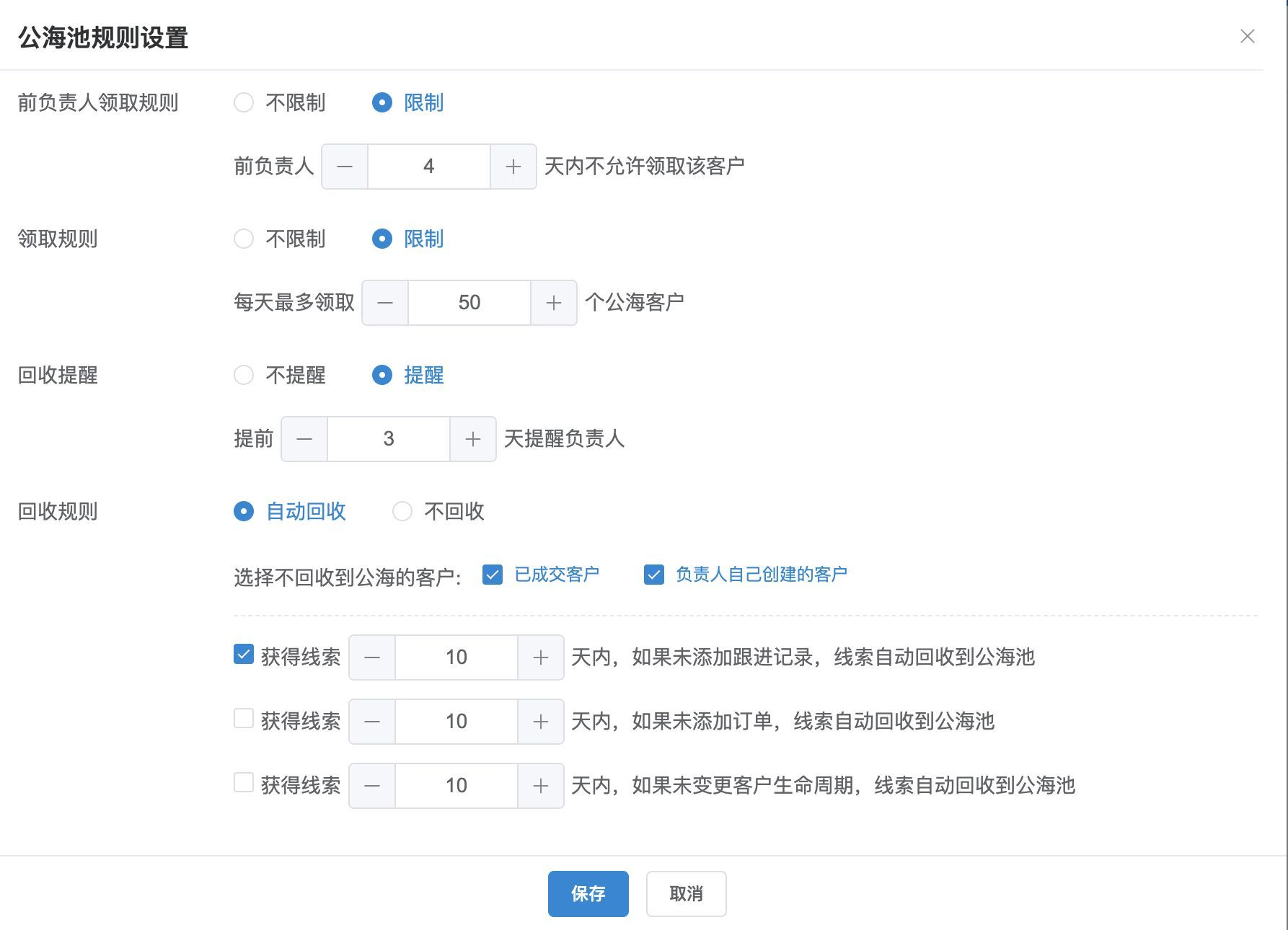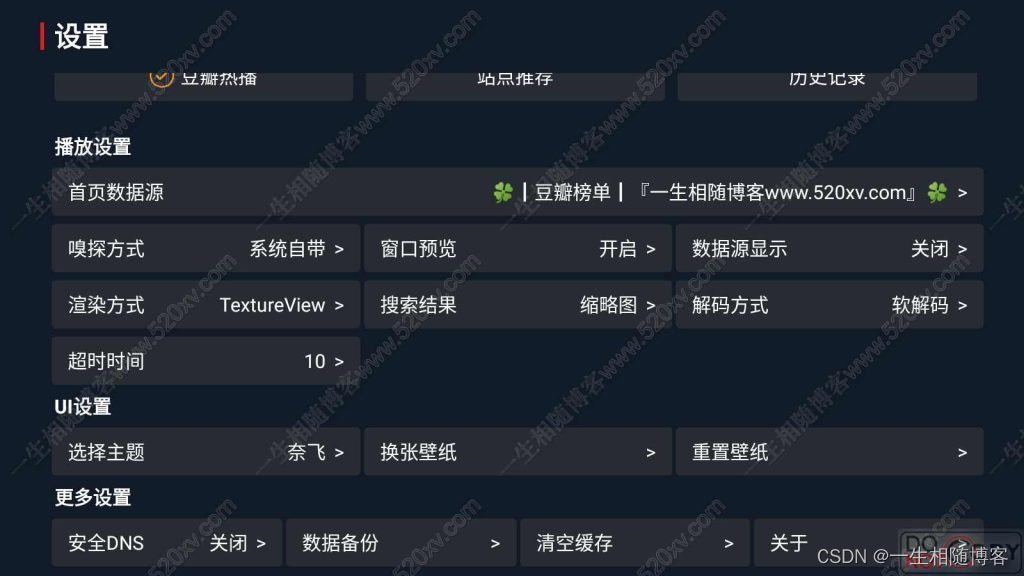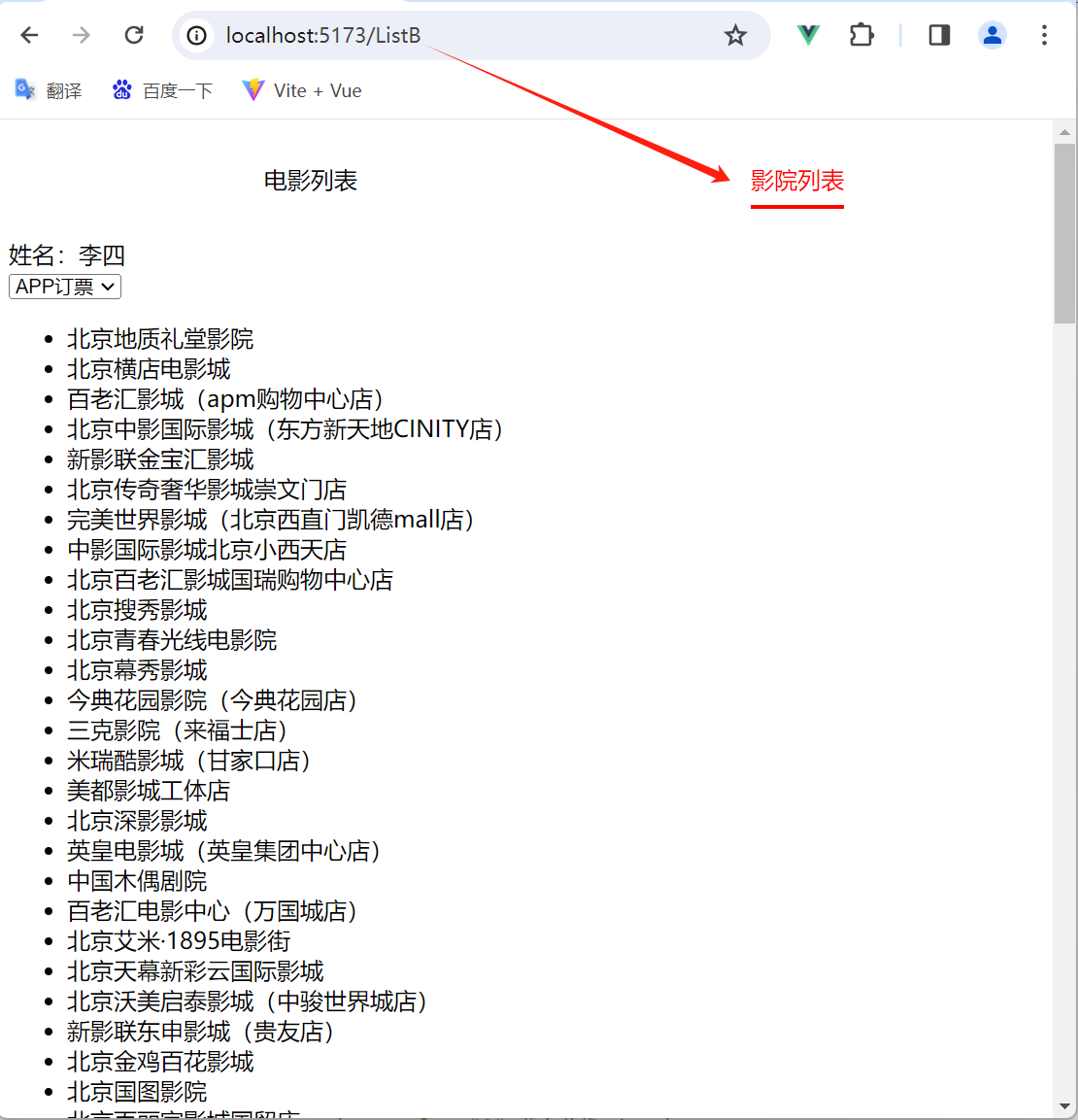光标移动(lseek)
主要用于不断对文件写入数据或读取数据的的用法,每次写入数据后光标在数据尾,若要进行读取则只会没法读取到光标前的数据,这个时候就不需要重启文件,只需对光标位置做出调整就可以读取数据
使用lseek函数需要包含以下两个头文件
#include <sys/types.h>
#include <unistd.h>
lseek的函数定义格式
off_t lseek(int fd, off_t offset, int whence);函数定义的参数解读
int fd:fd为创建文件的文件描述符
off_t offset:对于下一个参数whence的偏移值,负值向左移动,正值向右移动,0从当前开始
int whence:光标出现位置,分别有以下几种:
| SEEK_SET | 文件头 |
| SEEK_CUR | 文件当前位置 |
| SEEK_END | 文件尾 |
示例如下:
lseek(fd,0,SEEK_SET);//光标移动到文件头
lseek(fd,0,SEEK_CUR);//光标保留当前位置
lseek(fd,0,SEEK_END);//光标移动到文件尾
lseek(fd,1,SEEK_SET);//光标相对于文件头向右移动1个字节
lseek(fd,1,SEEK_CUR);//光标相对当前位置向右移动1个字节
lseek(fd,-1,SEEK_END);//光标相对于文件尾向左移动1个字节函数返回值
移动成功后该函数的返回值是光标针对于文件头移动的字节数,可以利用该函数计算文件字节大小
示例如下:
int file1_size = lseek(fd_file1,0,SEEK_END);//光标移动到文件尾并将移动字节数返回
printf("write file1 size = %d\n",file1_size);![]()
代码展示(对上节做出调整)
#include <sys/types.h>
#include <sys/stat.h>
#include <fcntl.h>
#include <stdio.h>
#include <string.h>
#include <stdlib.h>
int main()
{
int fd;
char *buf = "Hello Word";
fd = open("./file1",O_RDWR);//文件删除,文件描述符返回值为-1
if(fd == -1)
{
printf("open file1 failed\n");
fd = open("./file1",O_RDWR|O_CREAT,0600);//重新建立一个file1,此时文件描述符返回值大于0
if(fd > 0)
{
printf("creat file1 success\n");
}
}
printf("open success:fd = %d\n",fd);
int n_write = write(fd,buf,strlen(buf));//定义一个整型变量存放write返回的文件描述符的值(写入字节个数)
if(n_write != -1)
{
printf("write %d byte to file1\n",n_write);
}
lseek(fd,0,SEEK_SET);//将光标移动到文件头
// lseek(fd,-n_write,SEEK_CUR);//光标相对于当前位置移动向左移动写入字节个数
char *readBuf;
readBuf = (char *)malloc(sizeof(char)*n_write+1);//对指针进行开辟内存空间,其读取的字节数为写入的字节数,其大小为char型,可用写入字节个数乘以char的值即为读取个数,此时存放的是字符串
int n_read = read(fd,readBuf,n_write);//定义一个整型变量存放read返回的文件描述符的值(读取字节个数)
printf("read byte is %d,context is %s\n",n_read,readBuf);
close(fd);
return 0;
}





